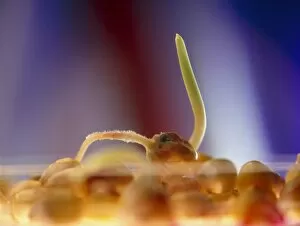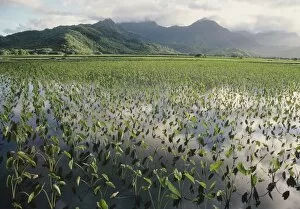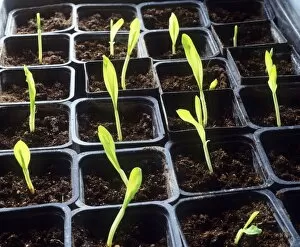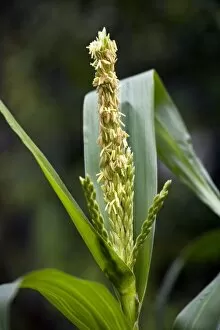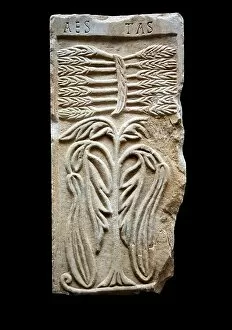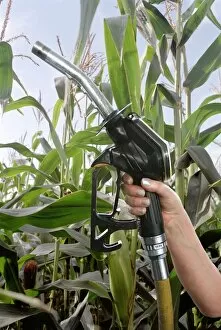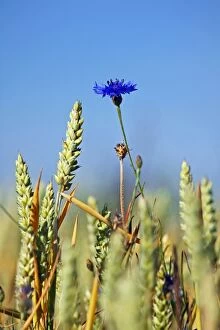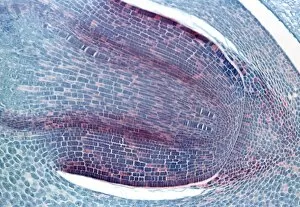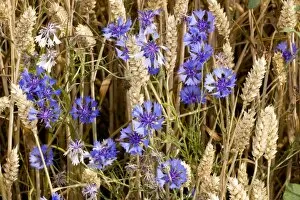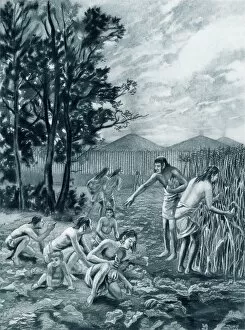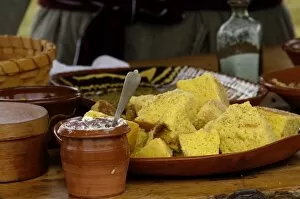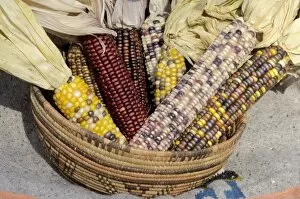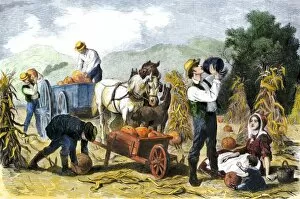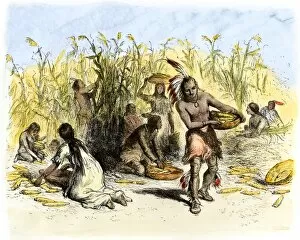Corn Collection (#54)
"Corn: A Journey Through Time and Landscapes" Step back in time to witness the age-old tradition of horses pulling the plough
All Professionally Made to Order for Quick Shipping
"Corn: A Journey Through Time and Landscapes" Step back in time to witness the age-old tradition of horses pulling the plough, as they diligently cultivate the fertile fields. The Map of the Rivelin Valley Estate from 1934 guides us through this picturesque countryside, revealing a tapestry of golden cornfields stretching as far as the eye can see. Travel further back in history with William Fairbank's correct plan of Sheffield from 1771, showcasing a bustling town surrounded by bountiful corn crops. Fast forward to 1797, and another masterpiece by Fairbank presents an intricately engraved Plan of Sheffield that highlights its agricultural heritage. Shire Horses, majestic creatures with their immense strength and grace, continue to pull the plough across vast landscapes like Stirling Castle in Scotland. Witnessing these magnificent animals working harmoniously with humans is truly awe-inspiring. The Millet Gleaners epitomize hard work and dedication as they meticulously gather every precious grain left behind after harvest. Horse-drawn harvesters join forces with farmers to ensure no bounty goes to waste – a testament to human ingenuity throughout history. Intriguingly depicted in an illustration by William Heath Robinson titled "Consequences, " we are reminded that every action has its consequences – even when it comes to something as humble yet essential as corn farming. Let us not forget moments of joy amidst our exploration; Mairzy Doats and Dozy Doats serenade us on an enchanting music sheet cover while we immerse ourselves in tales spun around Mitchells Corn Palace in Mitchell, South Dakota. This architectural marvel celebrates corn's significance while captivating visitors from near and far. Nature too plays its part; Emberiza calandra or the charming corn bunting graces our presence with its melodic song against a backdrop of gently swaying stalks. Its presence reminds us that corn sustains not only humans but also the diverse ecosystem it supports.


